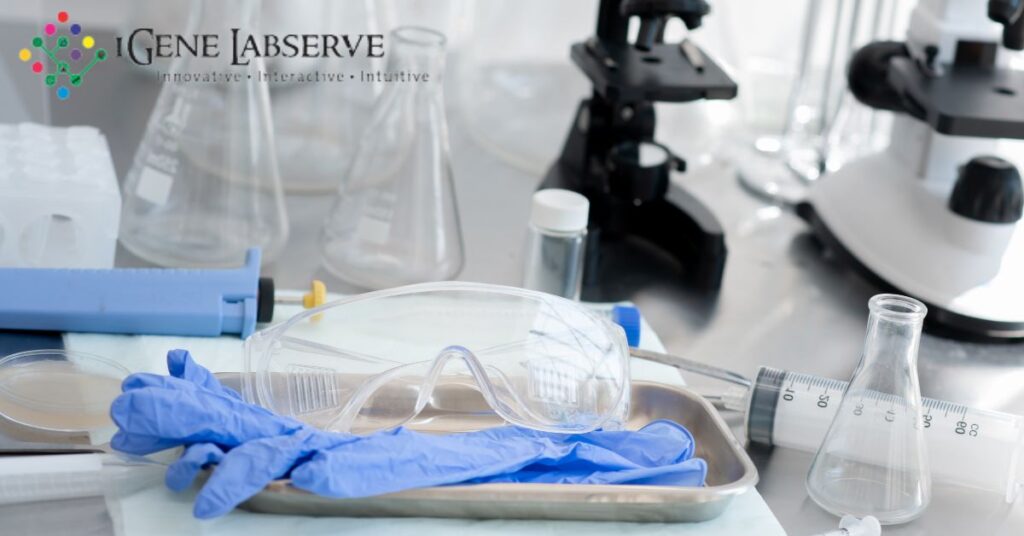One of the most crucial components of laboratory safety is undoubtedly common sense. Unfortunately, as a professional in the lab, you’ve probably seen plenty of things done there that aren’t at all sensible. We would like to share some of the usefull points to consider while working at the lab.
A facility with fire risks, hazardous chemicals, and risky processes, the scientific lab is inherently unsafe. Following lab safety procedures is essential since no one wants an accident to happen there.
Follow the instruction
Before starting any activity, whether it’s following a technique in a book, paying attention to your instructor or lab supervisor, or following a procedure in class, it’s important to listen, pay attention, and be familiar with all the procedures, from beginning to end. Prior to starting, make sure you have answered any questions you may have or clarified any points you are unclear about, especially if they concern a step that will be completed later in the process. Be familiar with how to use every piece of lab equipment before you begin, especially, Double Beam UV spectrophotometer, and Vertical Gel Electrophoresis System.
Know the location of the safety equipment
Knowing where the safety equipment is and how to utilize it is crucial in case something goes wrong. Regularly ensuring that equipment is in excellent working order is a smart idea. For instance, does the safety shower truly dispense water? Is the eye wash’s water appear clean and so on.
Dress for the lab
Put on lab attire. This is a safety precaution since one of the easiest ways to protect yourself from accidents is by dressing appropriately. Wear long pants, covered shoes, and keep your hair up so it can’t get caught in a flame or get into your experiment when you’re in a scientific lab. Wear safety equipment if it is necessary. A lab coat and safety glasses are prerequisites.
Don’t taste or sniff chemicals
You shouldn’t just refrain from bringing in food and beverages, but also refrain from tasting or smelling any of the lab’s biological cultures or chemicals. Some substances might be harmful or even lethal when tasted or adored. Get in the practice of labeling glassware before adding the chemical since that’s the best method to know what’s inside a container.
Don’t be a mad scientist
Being responsible in the lab is a crucial safety precaution; avoid acting like a mad scientist by haphazardly combining chemicals to see what occurs. An explosion, fire, or the discharge of hazardous gases might happen as a result.
Dispose the lab waste properly
Knowing what to do with your experiment when it is complete is a crucial laboratory safety regulation. You should have an idea of what to do when an experiment is complete before you begin. Don’t let the next person clean up your mess.
Leave all the experiments at the lab
It’s crucial to leave your experiment at the lab for the sake of both your safety and the protection of others. Don’t bring that with your home. You could spill anything, misplace a sample, or experience an accident. Science fiction movies typically begin like this. You may harm someone if you don’t give your work a rest.
These are some of the ‘don’t’ that you must consider following for your own safety. Follow the same when you’re working with Double Beam UV spectrophotometer , Vertical Gel Electrophoresis System.
If you are looking to buy some of the important lab equipment, then connect with IGene Labserve by visiting https://www.igenels.com/ or call 09310696848 to talk to an expert to understand everything about it.

